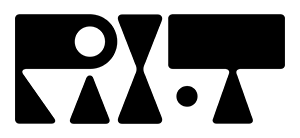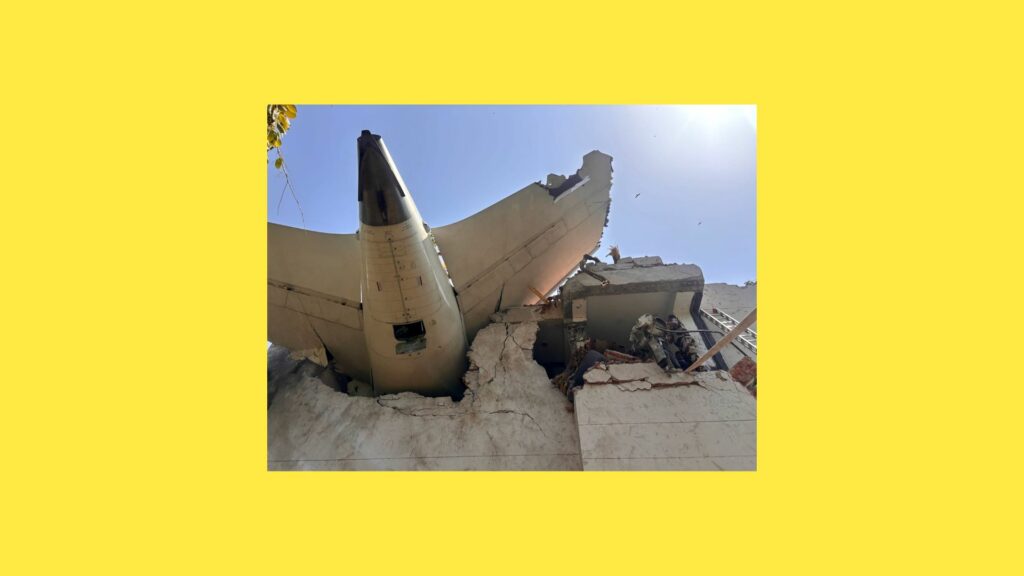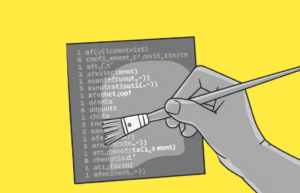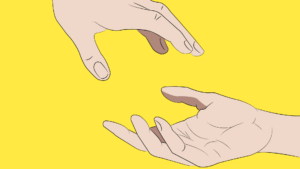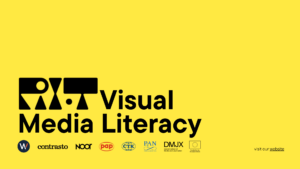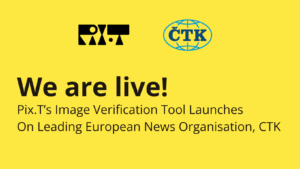The horrific crash of Air India Flight 171 in Ahmedabad on June 12, 2025 — and Prime Minister Narendra Modi’s subsequent visit — brings into sharp relief a crucial tension in photojournalism: all photography is subjective, but it must not manipulate reality. The Wire highlights how the image of Modi examining the tail wing jutting from a hostel wall garnered “significant backlash.” Some viewers speculated that the low-angle framing was chosen to dramatize the moment, even if it was simply a constraint of the environment.
Subjectivity in photography is inevitable: Every choice of frame, depth, angle, and moment conveys meaning. Capturing the prime minister amidst devastation emphasizes leadership and empathy; isolating him in a close-up foreground heightens the emotional impact. But such editorial framing, untempered, can morph reportage into narrative shaping. When that framing evokes drama rather than documentation, viewers receive not just the scene, but an interpretation of it.
The history of visual manipulation is long and sobering: from Soviet propaganda that removed a watch from a soldier’s wrist in Berlin to alter public perception, to another instance in Prague where a leader was excised from a balcony photograph after falling out of favor. Those images deliberately altered reality, often to shape ideology or historical memory.
The Wire reminds us that in photojournalism, fidelity to the “original scene” is essential. The article even draws attention to photojournalists capturing uncomfortable truths — officially unwanted images — that later thwart state propaganda .
Fast forward to today: AI has given us the ability to manipulate images with imperceptible ease. Missing debris can be erased, shadows softened, expressions tweaked — all without photocredit or acknowledgment. When an image of Modi at the crash site is subtly enhanced to increase clarity or intensity, at what point does it cease to report and begin to orchestrate?
This is particularly fraught in photojournalism, where public trust depends on visual integrity. As India Herald notes, framing Modi walking alone, with behind-the-scenes officials cropped out, “raises concerns about how the government handles crisis communication.” It’s not an act of deception—just editorial selection. But it has consequences: it shapes the viewer’s understanding of the event and the optics of leadership.
Technology has always influenced photography — from darkroom retouching to today’s AI tools. The real challenge now is resisting the temptation to over-edit or stage. Every choice — camera settings, framing, AI-enhanced post-processing — needs ethical scrutiny. The photograph from Ahmedabad must answer: “Does it show what happened, or does it tell us what we’re supposed to feel?” If it leans too hard toward the latter, its integrity is compromised.
In an age when a single image can go viral globally — filtered, hashtagged, and imbued with intent — the role of the photojournalist becomes ever more critical. Subjectivity frames reality; manipulation recasts it. And in photojournalism, where truth must prevail, that line must remain uncrossed.
Photo: Central Industrial Security Force/ZUMA.
